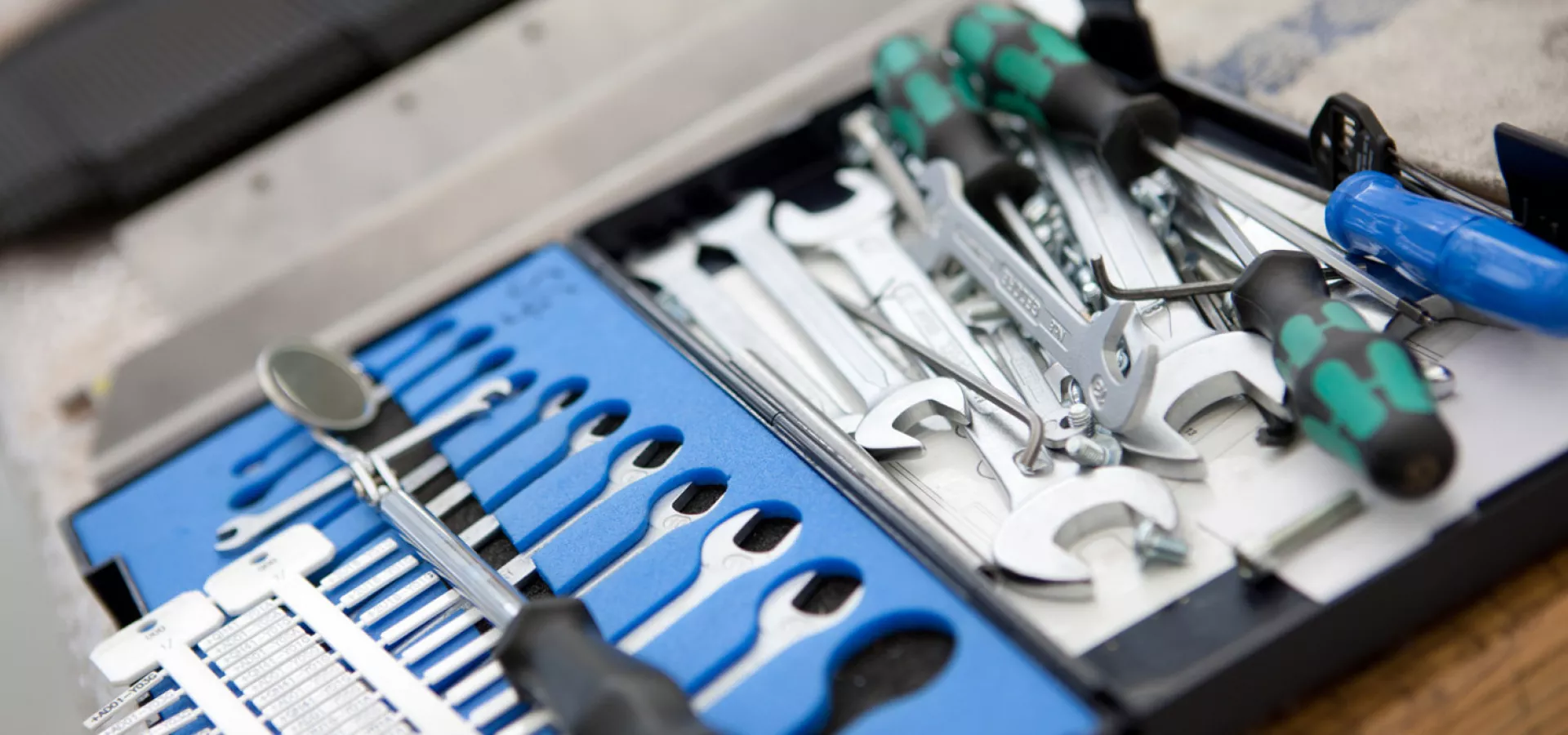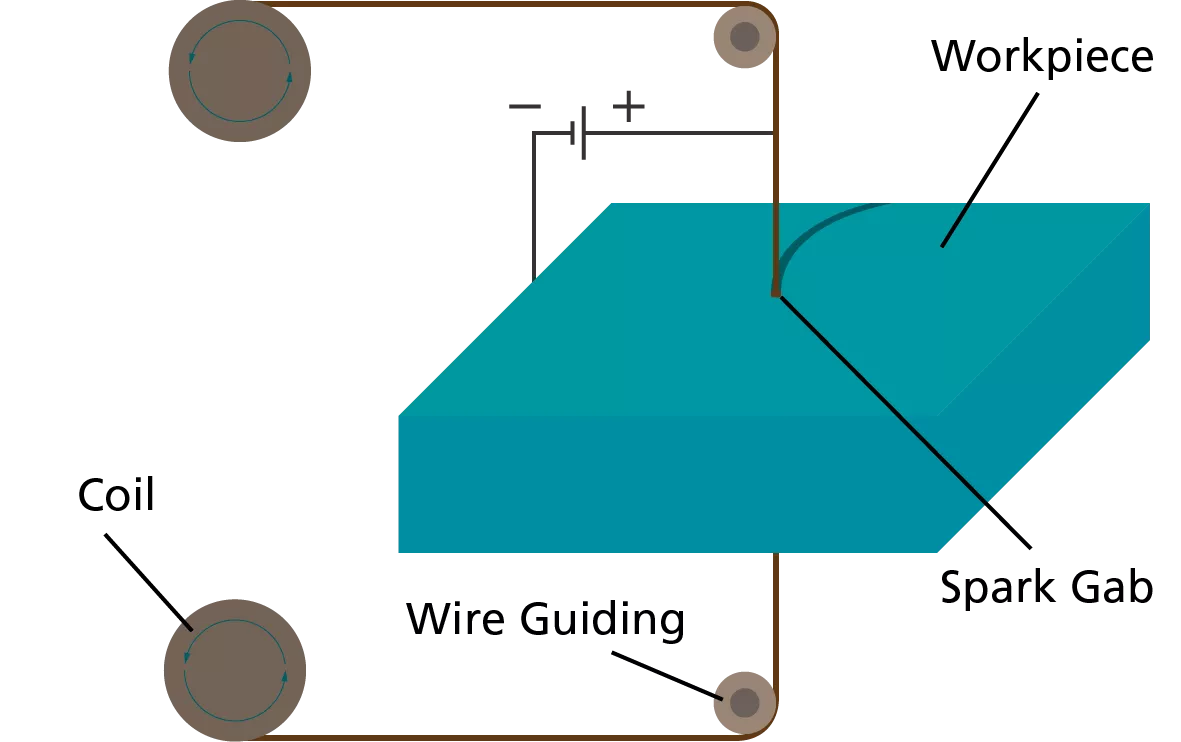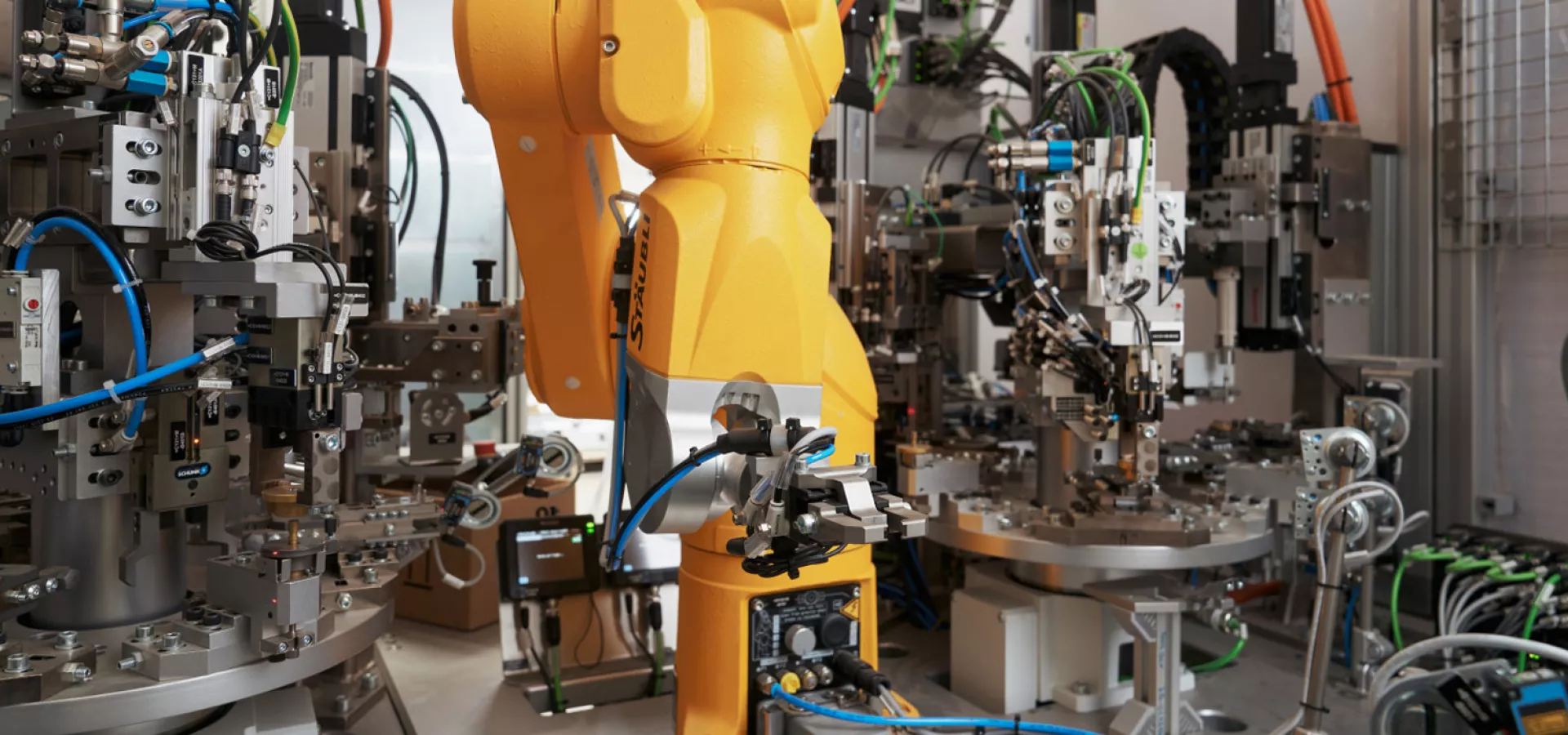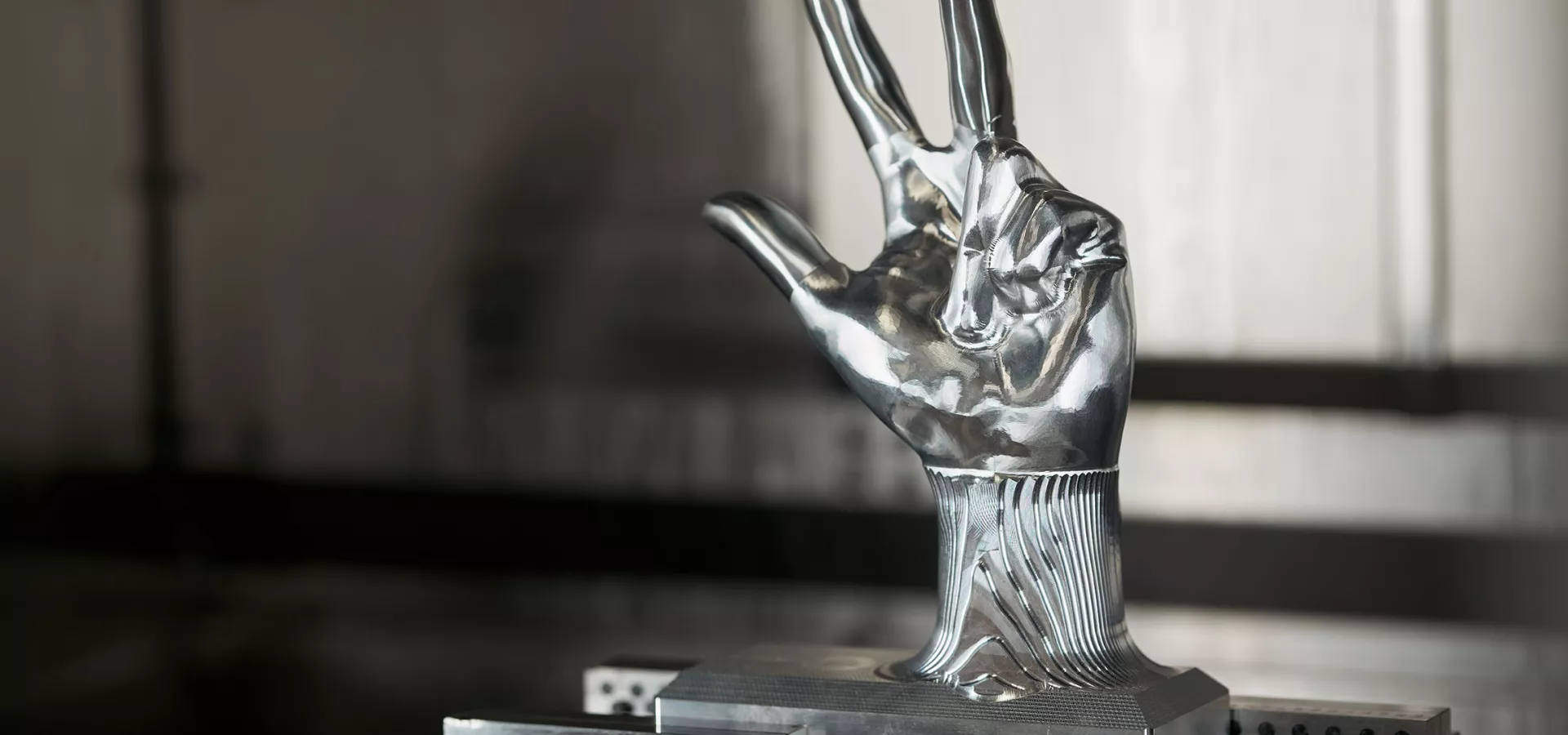
Wire EDM - cutting process with high precision
Wire-cut EDM, like die-sinking EDM, is a machining process that works on the principle of electrical discharge machining. In this context, the terms wire cutting, wire EDM or wire erosion are often used. The machining process is used in industrial manufacturing processes, for example as an alternative to milling. Wire EDM is characterized by the fact that electrically conductive materials can be machined with maximum precision and considerable cutting speed. The focus of the task spectrum for wire erosion is primarily the production of prototypes as well as cutting and punching tools.
How does wire EDM work?
In wire EDM, three elements are of particular importance: wire electrode, dielectric bath and workpiece. Both the workpiece and the wire electrode are in the dielectric bath during the cutting process. This is produced with the aid of a non-conductive liquid, for which either deionized water or special erosion oil is used. In some cases, a coaxial jet is used as an alternative to the dielectric bath. The wire is usually made of brass, but can just as easily be made of copper or steel. Wire electrodes with a diameter between 0.02 mm and 0.33 mm are normally used for wire EDM.
Finally, the exact process takes place in three phases: First, the wire electrode and the material to be machined are placed at a clearly defined distance from each other in advance. It is important that both are charged differently (workpiece = anode and wire = cathode). Now, with the help of electrical voltage pulses, an electric field is generated (ignition phase) - exactly where the distance between wire and workpiece is smallest. In this field, an acceleration of the electrically charged particles takes place, which leads to the generation of a visible spark. This generates great heat, which causes the dielectric to evaporate and the material of the electrode and workpiece to melt. As a result, a gas bubble forms, which in turn fills with plasma (discharge phase). The current supply is interrupted by the onset of a pulse pause (pause phase), causing the bubble to implode. At this point, the molten material is detached from the workpiece and transported away with the dielectric. Depending on the machine, the processes from ignition phase to pause phase are repeated up to 100,000 times per second. Temperatures of up to 40,000°C are generated in the process.
What are the advantages of wire EDM?
Wire-cut EDM is now a standard process in shaping production. This is due to the various advantages it brings with it: For example, cutting extremely complex shapes and the smallest radii is possible without any problems. Extremely hard materials such as titanium can be processed just as easily as particularly thick workpieces. Even extremely thin parts can be cut without difficulty because there is no contact between the workpiece and the tool. Wear is minimal, while at the same time there are virtually no reworking costs. Finally, wire EDM is known for perfect cut edges.
Nevertheless, not all materials are suitable for wire EDM: They must be conductive and of high quality. Otherwise, the cutting results may not be convincing. In addition, the materials should be insensitive to water, because they must remain permanently in the dielectric, especially during longer machining times (risk of rust). Also important: The three phases of wire-cut EDM must be 100% coordinated with each other or with the material to be machined. Incorrect settings can lead to unclean results or wire breakage.



